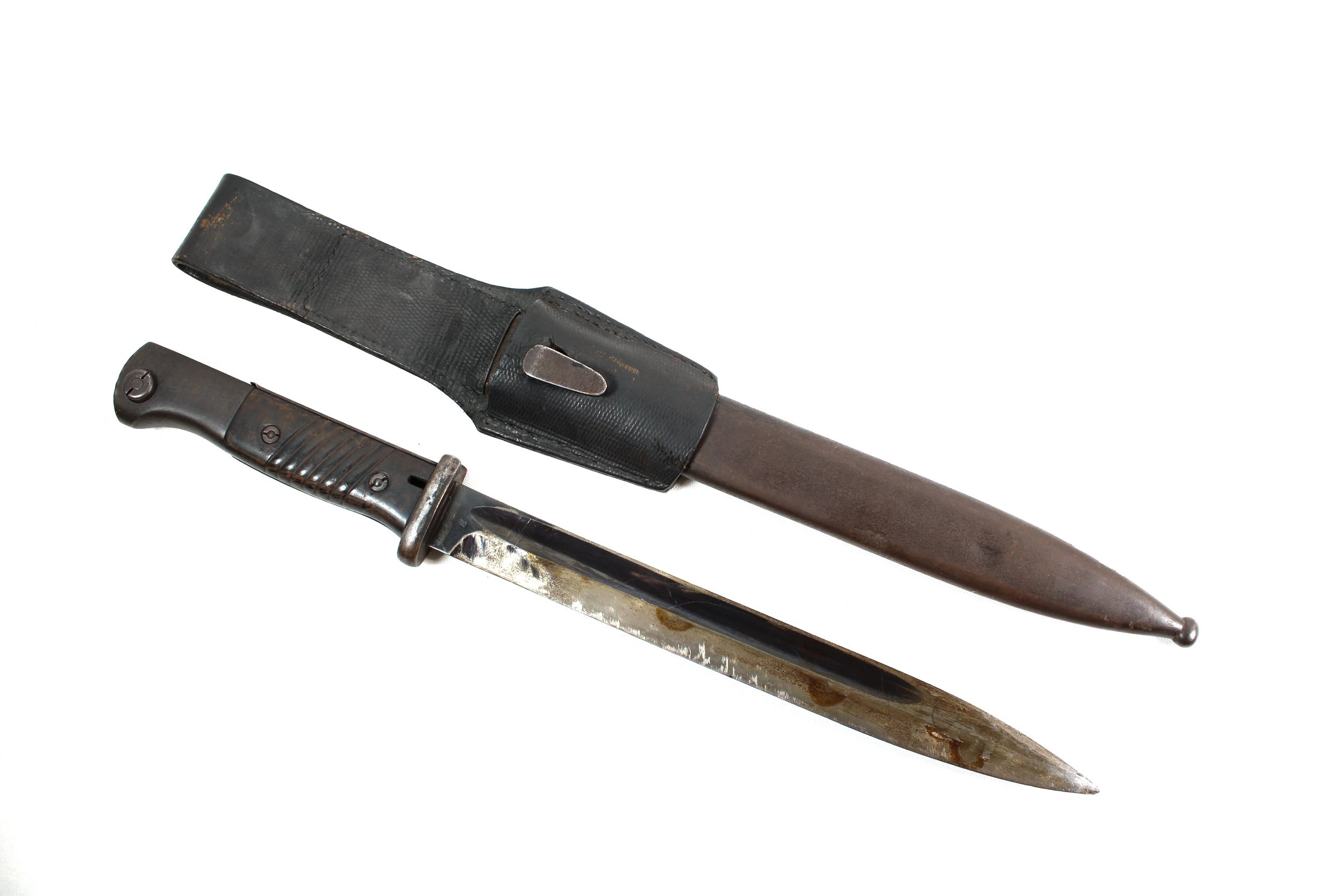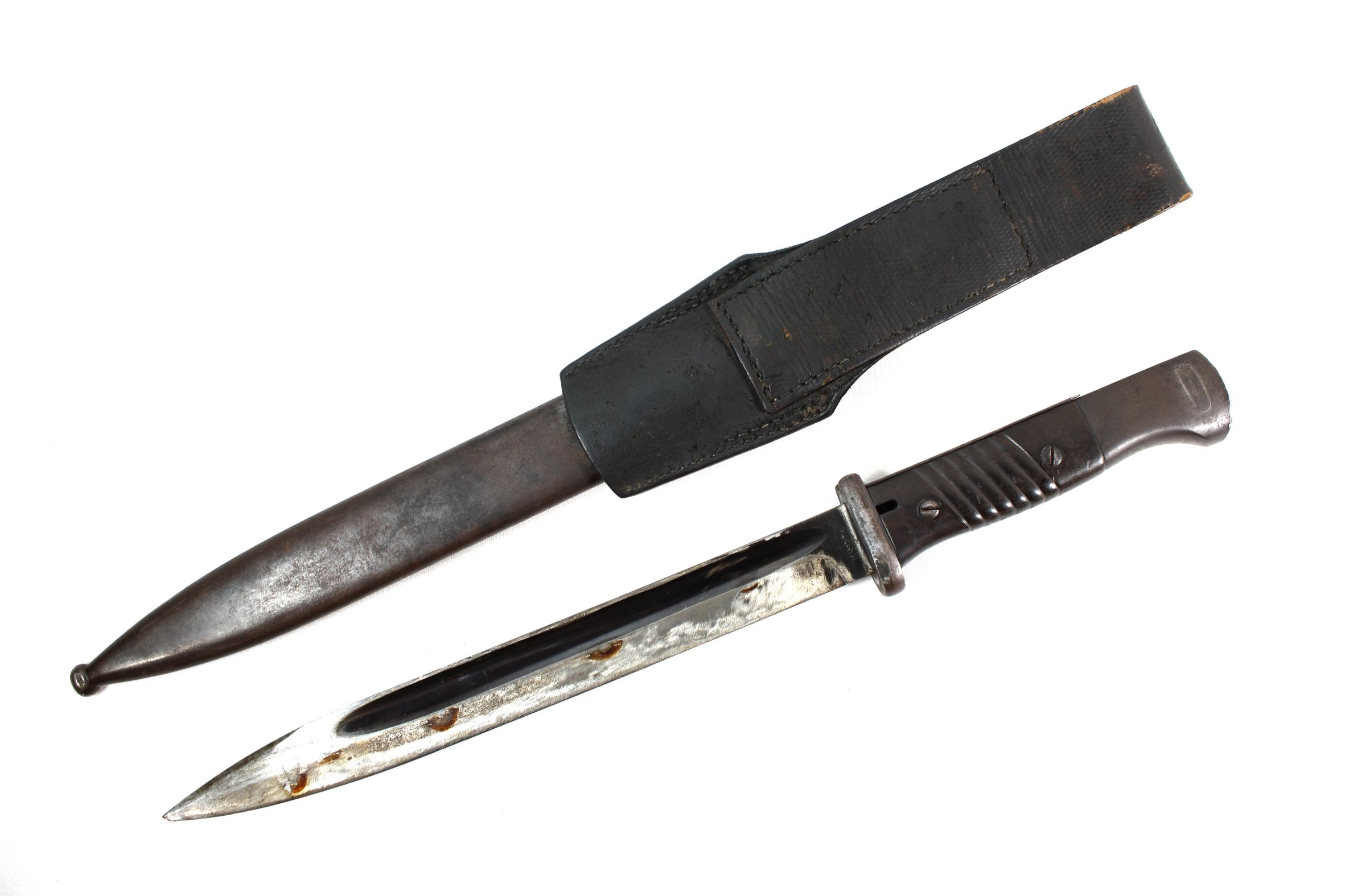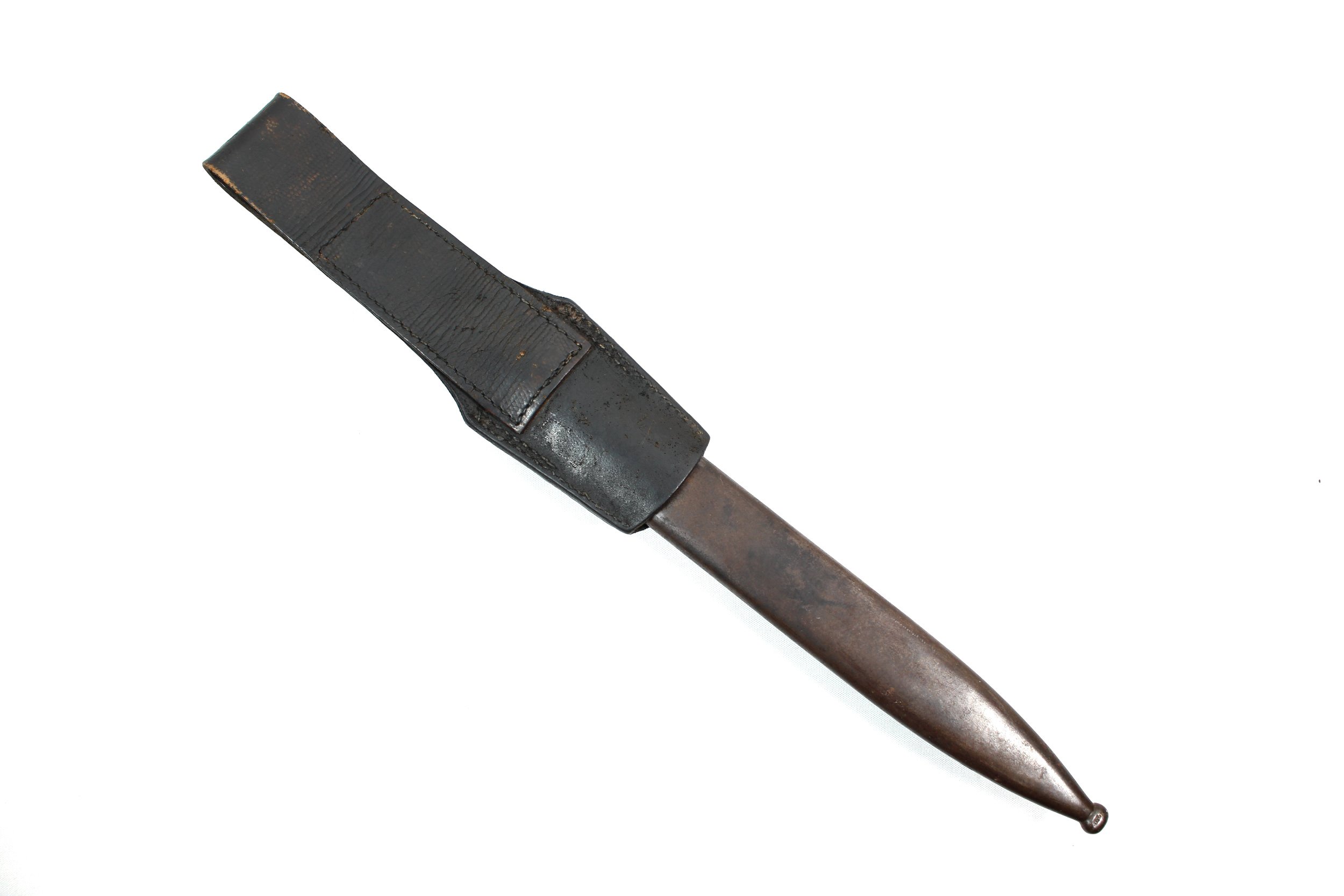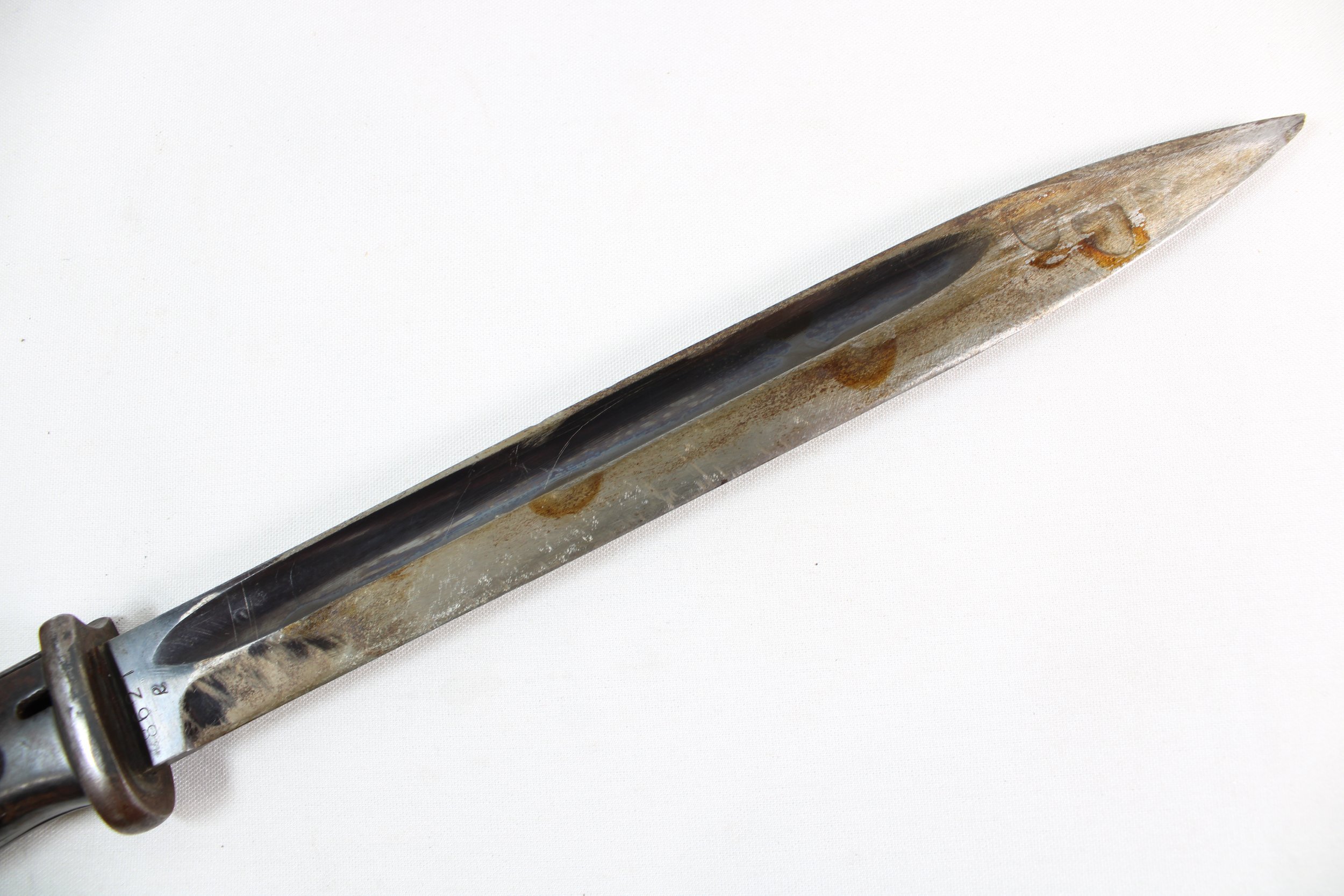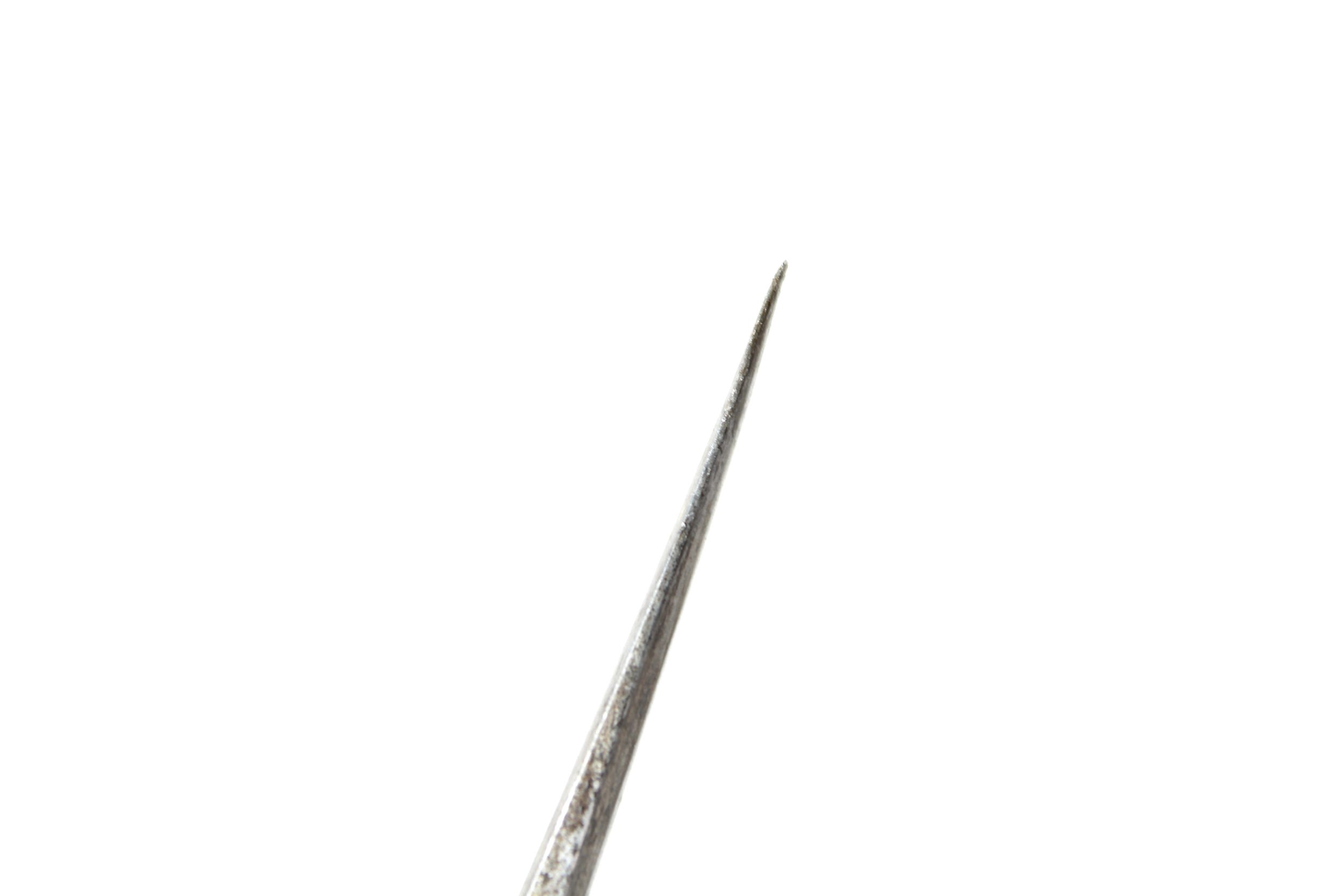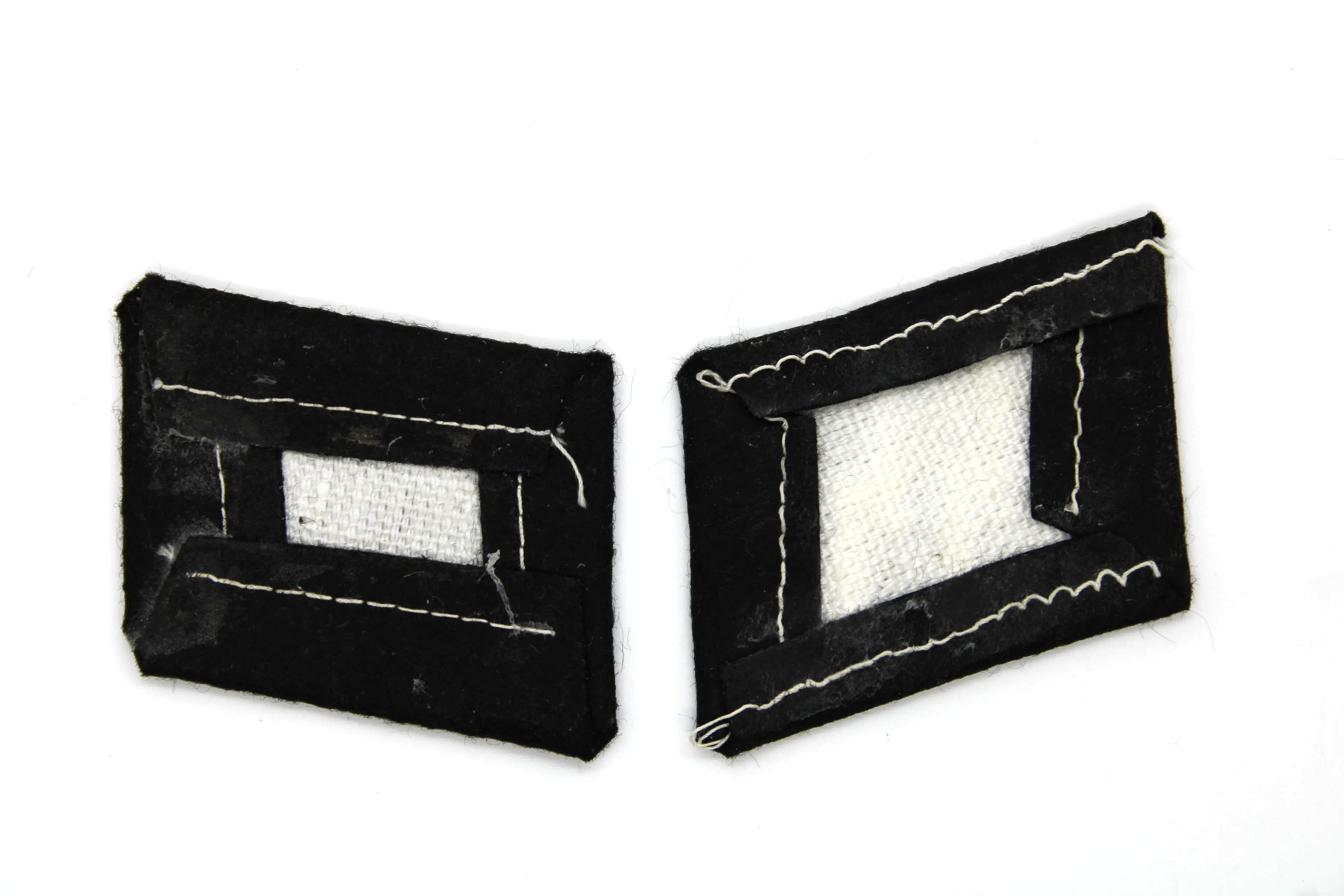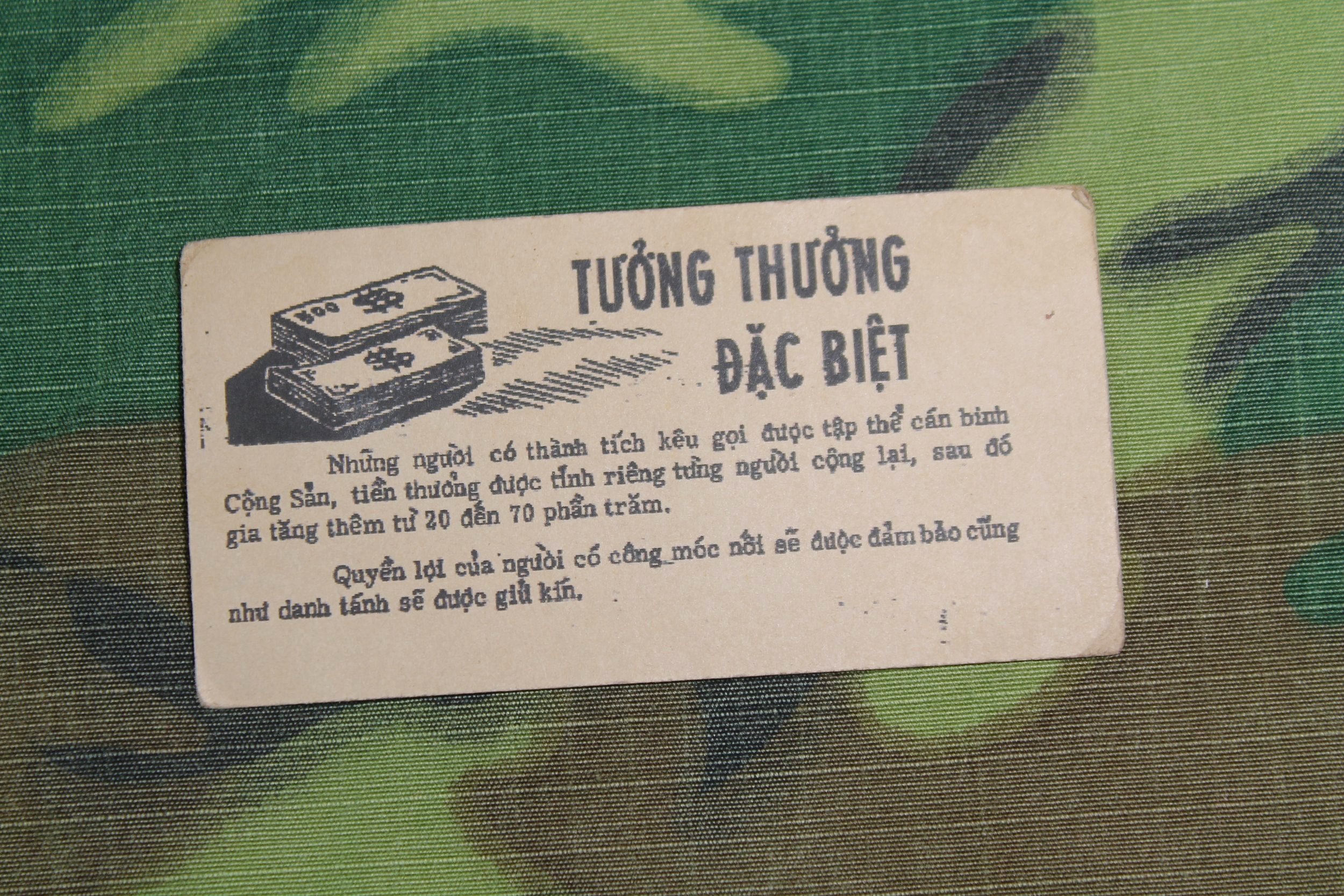 Image 1 of 6
Image 1 of 6

 Image 2 of 6
Image 2 of 6

 Image 3 of 6
Image 3 of 6

 Image 4 of 6
Image 4 of 6

 Image 5 of 6
Image 5 of 6

 Image 6 of 6
Image 6 of 6







WW2 C.B.I. Military Railway Service ARMY PASS and books lot
C.B.I. “China - Burma - India” Military Railway Service ARMY PASS (low number)
This War: A Survey of World Conflict by Philip Dorf 1942 .
America’s Navy : Sheppard Knapp, Rand McNally .
America on Guard Army Navy Marine Corps Facts Insignia & Uniforms 1941 .
Autographed paper printed photo of soldiers mopping up.
In December 1944, the Supreme Allied Commander, Southeast Asia Command (SEAC), Admiral Lord Louis Mountbatten, wrote of the MRS: "In the first few months of my appointment to this command, the inadequacy of the Assam LOC to meet in full the requirements of the forces in the forward area and of the airlift over the Hump into China was a major obstacle hindering the full deployment of U.S. strength against the enemy.
"Already the capacity of the Assam LOC. as a whole, has been developed to a stage where planned development is being reached months ahead of schedule. Through the hard work and resourcefulness of your railway battalions and those associated with them, the volume of traffic handled has mounted steadily until the LOC is functioning with a substantial margin over essential requirements which will enable unforeseen contingencies to be met."
The use of U.S. railway troops on the bottleneck meter-gauge rail portion of the Assam LOC was approved by the Government of India in February 1944. The MRS would operate 804 miles of the railway branch lines from Dhubri and from Neamati; and from Furkating to Jorhat; and also on the short Dibru-Sadiya line to Ledo.
In December 1943, MRS Headquarters was set up at Gauhati under Col. J. A. Appleton (later by Col. Yount). In January 1944, a railway grand division (five railway operating battalions, and a railway shop battalion) arrived. In March 1944, the MRS took over the railroad; its 4,200 troops were super-imposed on the existing civilian staff of 13,000. The 705th Railway Grand Division was stationed at the midway point at Gauhati; the 758th Railway Shop Battalion at Saidpur with a detachment at Dibrugarh.
To relieve the bottleneck, the MRS forced the loading of the maximum number of wagons (up to 100) at Parbatipar. This greatly expedited the movements. As a result, the meter-gauge railway was soon hauling more tonnage than the 233 mile broad-gauge system running north of Calcutta.
As critical points of the MRS line were brought under control, Parbatipur (the trans-shipment point between the broad and the meter-gauge lines) controlled by the British became the bottleneck. So, in October 1944 the MRS, through the 28th Traffic Regulating Group took over all trans-shipment activities at Parbatipur.
In the path of the railroad were some 30 rivers and tributaries that were a constant threat during the monsoons. The MRS took flood control measures by reinforcing bridges, cutting diversionary channels for the waterways, and other such measures.
The 758th Railway Shop Battalion improved the repair and maintenance function. Before they took over, much of the existing rolling stock had deteriorated. With critical short spare parts obtained from the U.S., they no longer had to cannibalize existing equipment. In 1944, the unit repaired over 47,000 cars and converted about 188 boxcars into troop trains, refrigerator cars and low side gondolas.
From the time the MRS took over, records for tonnage hauled continued to be broken, and the number of troops carried by rail reached a peak of 92,000 (US and Allied) moving east through Pandu, and later moved 133,000 returning.
C.B.I. “China - Burma - India” Military Railway Service ARMY PASS (low number)
This War: A Survey of World Conflict by Philip Dorf 1942 .
America’s Navy : Sheppard Knapp, Rand McNally .
America on Guard Army Navy Marine Corps Facts Insignia & Uniforms 1941 .
Autographed paper printed photo of soldiers mopping up.
In December 1944, the Supreme Allied Commander, Southeast Asia Command (SEAC), Admiral Lord Louis Mountbatten, wrote of the MRS: "In the first few months of my appointment to this command, the inadequacy of the Assam LOC to meet in full the requirements of the forces in the forward area and of the airlift over the Hump into China was a major obstacle hindering the full deployment of U.S. strength against the enemy.
"Already the capacity of the Assam LOC. as a whole, has been developed to a stage where planned development is being reached months ahead of schedule. Through the hard work and resourcefulness of your railway battalions and those associated with them, the volume of traffic handled has mounted steadily until the LOC is functioning with a substantial margin over essential requirements which will enable unforeseen contingencies to be met."
The use of U.S. railway troops on the bottleneck meter-gauge rail portion of the Assam LOC was approved by the Government of India in February 1944. The MRS would operate 804 miles of the railway branch lines from Dhubri and from Neamati; and from Furkating to Jorhat; and also on the short Dibru-Sadiya line to Ledo.
In December 1943, MRS Headquarters was set up at Gauhati under Col. J. A. Appleton (later by Col. Yount). In January 1944, a railway grand division (five railway operating battalions, and a railway shop battalion) arrived. In March 1944, the MRS took over the railroad; its 4,200 troops were super-imposed on the existing civilian staff of 13,000. The 705th Railway Grand Division was stationed at the midway point at Gauhati; the 758th Railway Shop Battalion at Saidpur with a detachment at Dibrugarh.
To relieve the bottleneck, the MRS forced the loading of the maximum number of wagons (up to 100) at Parbatipar. This greatly expedited the movements. As a result, the meter-gauge railway was soon hauling more tonnage than the 233 mile broad-gauge system running north of Calcutta.
As critical points of the MRS line were brought under control, Parbatipur (the trans-shipment point between the broad and the meter-gauge lines) controlled by the British became the bottleneck. So, in October 1944 the MRS, through the 28th Traffic Regulating Group took over all trans-shipment activities at Parbatipur.
In the path of the railroad were some 30 rivers and tributaries that were a constant threat during the monsoons. The MRS took flood control measures by reinforcing bridges, cutting diversionary channels for the waterways, and other such measures.
The 758th Railway Shop Battalion improved the repair and maintenance function. Before they took over, much of the existing rolling stock had deteriorated. With critical short spare parts obtained from the U.S., they no longer had to cannibalize existing equipment. In 1944, the unit repaired over 47,000 cars and converted about 188 boxcars into troop trains, refrigerator cars and low side gondolas.
From the time the MRS took over, records for tonnage hauled continued to be broken, and the number of troops carried by rail reached a peak of 92,000 (US and Allied) moving east through Pandu, and later moved 133,000 returning.

